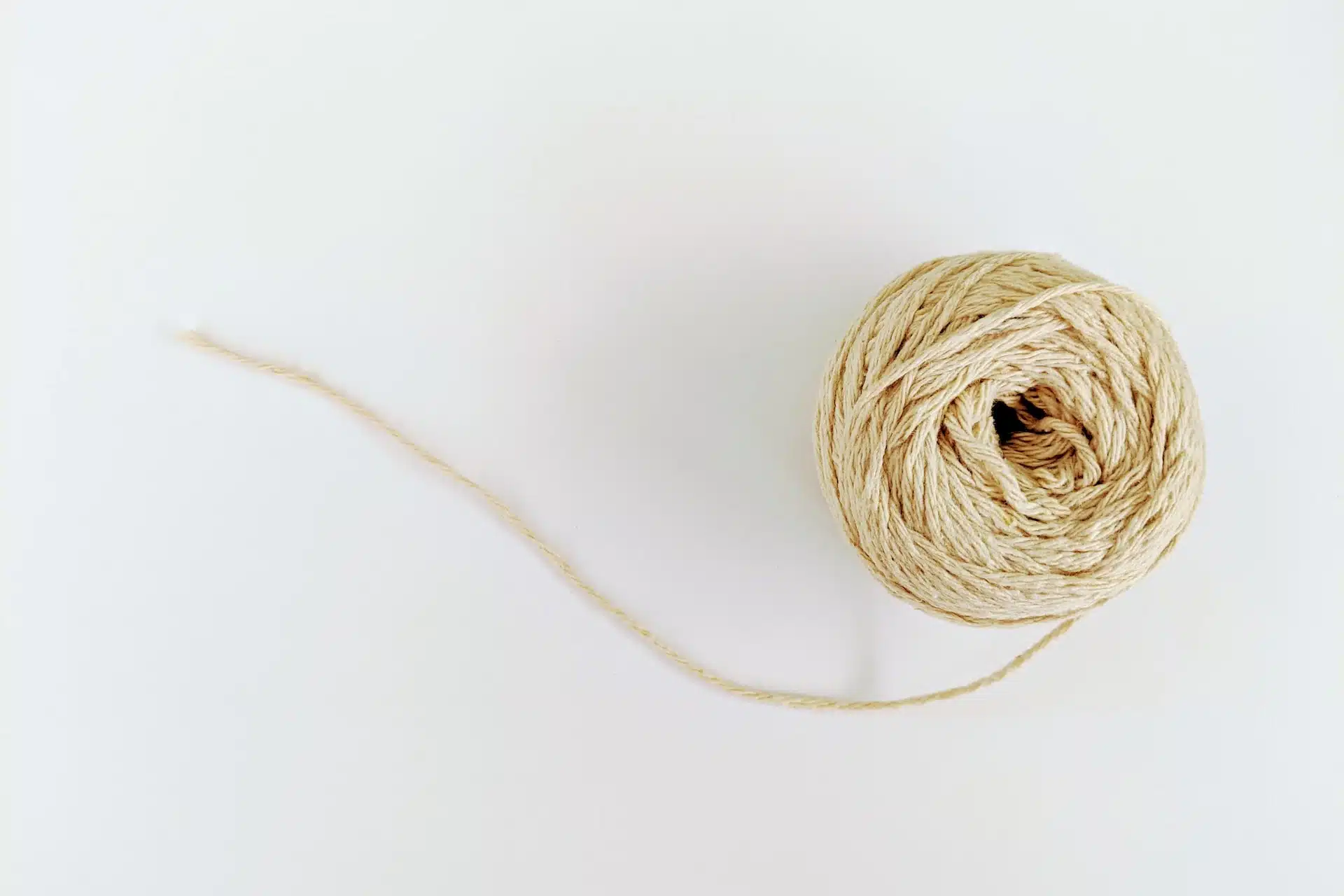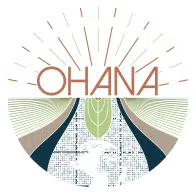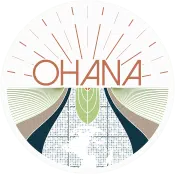
EU Textiles Ecosystem Transition Pathway: Why Your Organisation Should Get Involved Now
2022 has been a busy year for anyone trying to keep up with the EU Commission’s movements on the subject of sustainability. In order to accelerate the green and digital transitions within the EU, the Commission has developed and published a wide range of new legislation and guidelines impacting all industries.
The textile sector is certainly one of those which have seen the most changes coming from Brussels, starting with the publishing of the EU Strategy for Sustainable and Circular Textiles in late March. The ground-breaking document sets clear goals to be achieved by the block’s textile industry by 2030 and, among the many initiatives mentioned, one called the EU Textiles Ecosystem Transition Pathway stands out.
In this article, we will dive into the details of this unique initiative presented by the Textile Strategy, and explain why the Transition Pathway should be a point of focus for each and every organisation within the textile industry.
Want someone with deep experience and connections in the EU to help guide your sustainability strategy? Get in touch!
Understanding the EU Textiles Ecosystem Transition Pathway
Before diving into the details and objectives of the Transition Pathway, it’s important to note that the textile industry is not the only sector which will benefit from this kind of initiative. According to the EU Commission, every sector from the European economy can expect a similar tool to help guide their stakeholders’ efforts towards achieving the block’s ambitious sustainability goals within the established timeframe.
Now onto explaining exactly what the EU Textiles Ecosystem Transition Pathway entails.
What is the EU Textiles Ecosystem Transition Pathway?
One of the main initiatives introduced by the Strategy for Sustainable and Circular Textiles, the EU Textiles Ecosystem Transition Pathway can be described as a cooperation tool designed to complement the original strategy. While based on voluntary engagement, it should serve as a discussion platform for the European Commission and the various industry stakeholders to collaborate and exchange ideas on measures required to support the digital and green transitions in the textile ecosystem.
The Staff Working Document
The European Commission decided to start the discussion about the Transition Pathway by publishing a Staff Working Document (SWD), which details its vision for the sector’s transition.
The SWD is essentially an underlying analysis of the EU textile sector and touches on a wide range of subjects, such as sustainability, digitalisation, resilience, skills, research and funding. Outlining possible scenarios for the transition pathway, the document also presents the main challenges faced by the industry and how to overcome them.
Co-creating the Transition Pathway
The EU Commission views its interaction with industry stakeholders as a co-creation process which, through several steps, should bring about significant change and ultimately meet the goals outlined in the European Green Deal.
An important step in this stakeholder collaboration process and in developing the transition pathway was the conduction of a series of workshops, organised by the Commission itself, which focused on sustainability, digitalisation and the resilience of the textiles ecosystem. Held in the first two weeks of September, these workshops should result, among other things, in a report to be published at a later date, stating the pledges made by the organisations involved.
According to the institution, the final version of the EU Textiles Ecosystem Transition Pathway should be ready by the end of 2022.
Shaping the Transition Pathway: why should industry players get involved?
As previously mentioned, any involvement from industry stakeholders in the development of the EU Textiles Ecosystem Transition Pathway will be strictly voluntary, although strongly encouraged.
The reason why all organisations belonging to the textile sector should engage in the elaboration of the transition pathway is actually very straightforward: the only way to influence the outcomes is to be part of the development stage.
The EU Commission is clear in stating that the creation of the pathway should be an inclusive process, and that the input from different stakeholders is instrumental in establishing the correct measures to facilitate the green transition. To which we would add that, by joining the discussions, organisations can also help steer the conversation towards their own specific challenges and concerns, shaping the policies to which they will have to adhere later on. It also creates an opportunity for companies to publicly present their sustainability commitments and pledges.
The Pathway’s significance for SMEs
An important aspect of the pathway under development is the EU Commission’s clear focus on supporting Small and medium-sized enterprises (SMEs). As it stands, the European market makes it difficult for SMEs producing clothes in the EU to succeed, as they are usually unable to compete with companies that save costs by producing lower-quality clothes in developing countries.
That is why the Textiles Ecosystem Transition Pathway puts European SMEs in the spotlight and aims to help them by:
- Upskilling workers from EU based SMEs (e.g. under the ‘Pact for Skills’ partnerships);
- Boosting research and innovation through expanded funding opportunities (e.g. Digital Europe, LIFE, Invest EU and more);
- Fostering the Integration of digital technologies and boosting data sharing;
- Supporting their international growth and product exportation (e.g. by fostering international partnerships under the Enterprise Europe Network).
In its Staff Working Document the EU Commission states that “Although manufacturing of low added-value products will not be economically viable in the EU, due to high production costs, there is potential through innovation and digitalisation, to further strengthen specific segments, such as protective equipment, high-end products and innovative technical textiles.”
Overall, the Commission’s goal is to make high-quality products the norm within the EU’s borders and increase the block’s competitiveness through innovation and technology. This means that organisations from all sectors should not only be engaging in the discussions that determine how this transition will unfold, but also taking immediate steps towards more sustainable practices and circular business strategies.
Want someone with deep experience and connections in the EU to help guide your sustainability strategy? Get in touch!
Join our newsletter to keep up to date with the latest news and information coming out of the EU.


